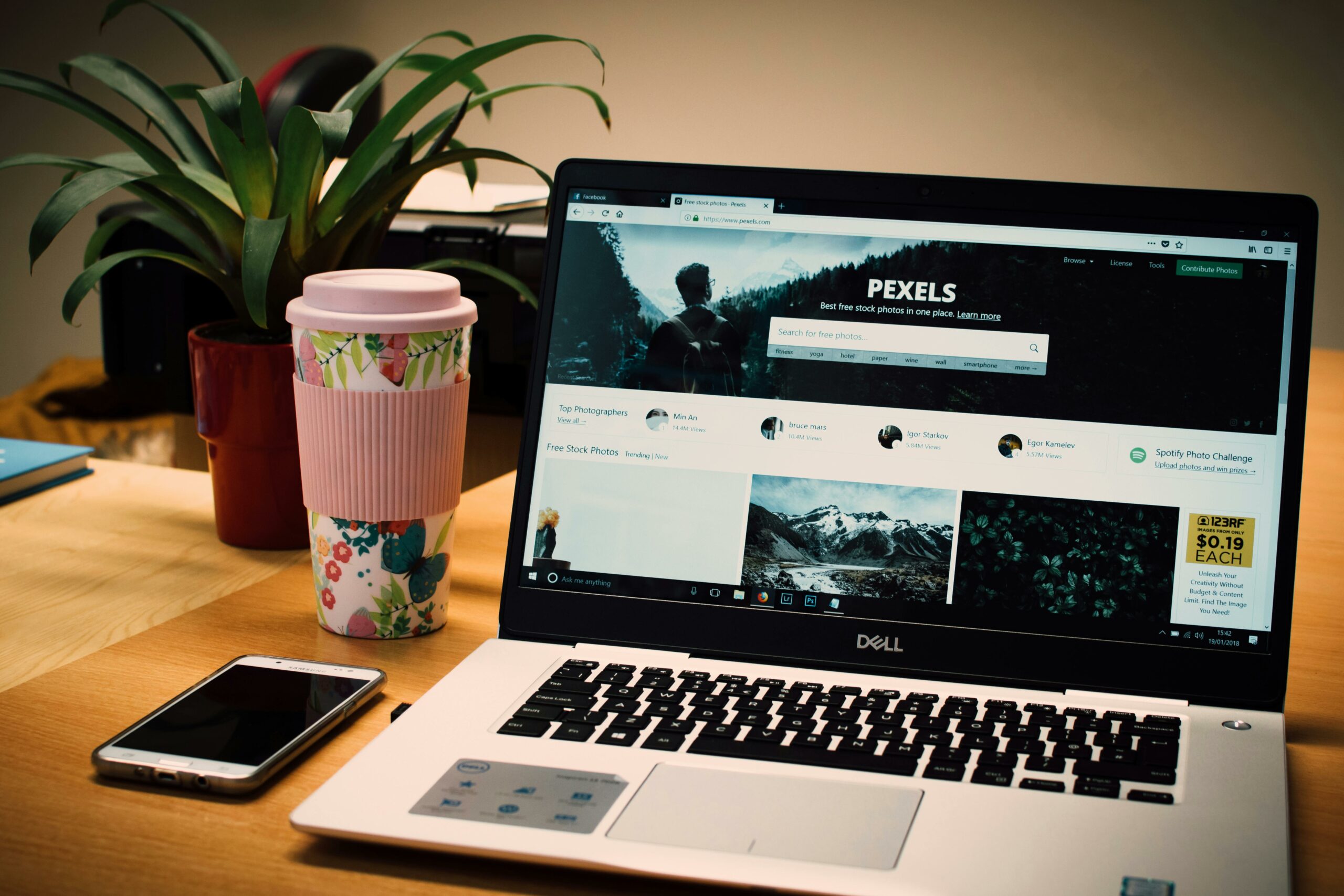Building a website is a crucial step in establishing your online presence, whether for business or personal use. However, creating a successful website involves more than just selecting a template and adding content. Proper planning of your website’s layout and content can make the difference between a site that thrives and one that fails to meet its goals. Here’s why planning elements like images, copywriting, website colors, and overall design are essential.
1. Enhancing User Experience (UX)
The layout of your website directly impacts how visitors interact with it. A well-organized website that is easy to navigate ensures that users can quickly find what they need. Planning your layout allows you to:
- Organize your content strategically so users aren’t overwhelmed.
- Prioritize important information, ensuring it is visible and easy to access.
- Reduce bounce rates, as users are more likely to stay on your site if it is intuitive and well-structured.
2. Consistency and Branding
Choosing a consistent color scheme, fonts, and layout throughout the website creates a cohesive brand image. Every element from colors to typography should reflect your brand identity. Planning ahead helps with:
- Consistency in brand colors across every page to establish a memorable brand.
- Font choices that align with your company’s voice, whether formal or casual.
- Logo and design elements that enhance your brand’s message.
3. Professional Copywriting
Content is one of the most important aspects of any website. Well-written and strategically placed copy can lead to higher engagement, better SEO performance, and increased conversions. When planning content, consider:
- Clarity and tone: Ensure your messaging is clear and consistent with your brand.
- SEO optimization: Keywords and phrases in your copy can help your website rank higher in search engine results, making it easier for potential customers to find you.
- Call to actions (CTAs): Every page should have a purpose, and a CTA will guide your users to take the next step, whether it’s contacting you, purchasing a product, or signing up for a newsletter.
4. Visuals and Photos
Images and photos are vital to engaging visitors. They break up large chunks of text, improve aesthetic appeal, and communicate information quickly. However, it’s important to choose visuals that are:
- High-quality and relevant to your content or brand.
- Consistent in style, creating uniformity across the site.
- Optimized for loading speed to ensure the website performs efficiently.
You should plan where images will go on each page, what message they convey, and how they contribute to the user experience.
5. Improving Website Speed and Performance
A well-planned layout considers both aesthetics and functionality. Websites that are overloaded with large, uncompressed images, or that rely on unnecessary code or design elements, can experience slow loading times. To improve speed, consider:
- Compressing images without compromising quality.
- Streamlining content so that pages load faster, particularly on mobile devices.
- Utilizing web-friendly file formats for any media, such as JPEGs for images and MP4 for videos.
6. Mobile Responsiveness
Over half of all web traffic comes from mobile devices, so your site must be mobile-friendly. Planning the layout helps ensure that all elements, including images, text, and navigation menus, are optimized for both desktop and mobile users. This includes:
- Creating a flexible design that adjusts to different screen sizes.
- Simplifying the navigation for mobile visitors.
- Ensuring content is readable and accessible on smaller screens.
7. Incorporating SEO Best Practices
Good planning also ensures that your site follows SEO best practices, which increases visibility in search engine results. Plan ahead by:
- Structuring content with headers, meta descriptions, and title tags.
- Using alt text for images to help search engines understand your visuals.
- Optimizing URLs to be SEO-friendly and descriptive.
8. Future-Proofing for Updates
When you plan your layout and content strategy upfront, you also make it easier to update and scale the website in the future. Whether you plan to add new products, services, or blog posts, having a structured design in place will help you seamlessly grow your website over time.
Conclusion
Planning the layout and content for your website is essential to creating an effective, user-friendly, and professional online presence. By carefully considering design, copywriting, visuals, and technical performance, you can build a website that not only looks great but also serves your audience and business goals effectively.

